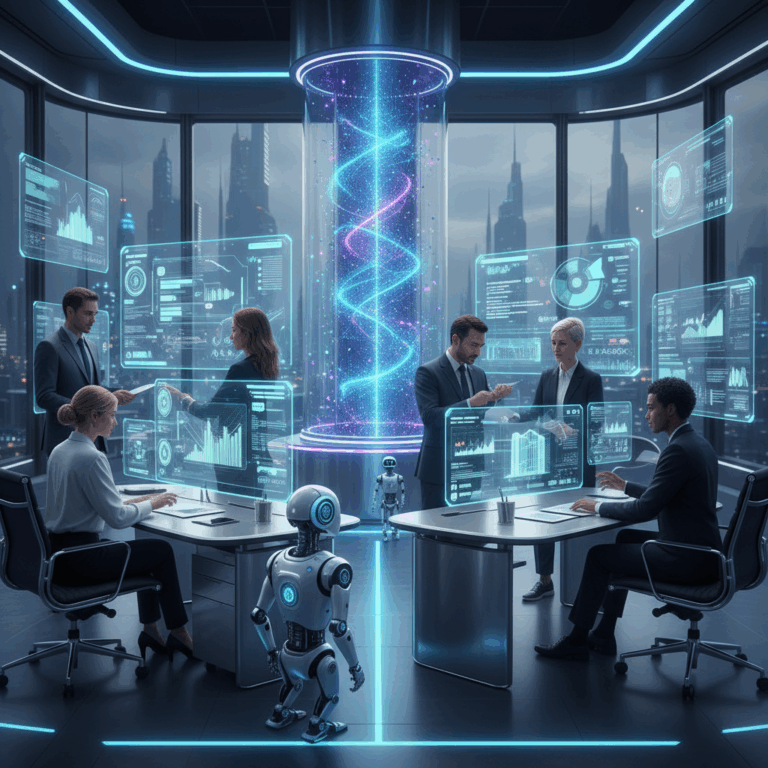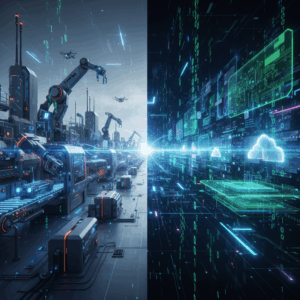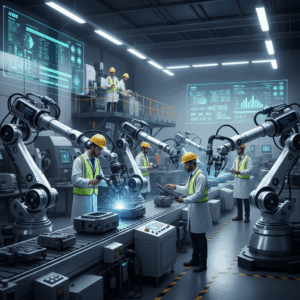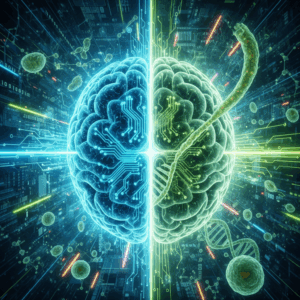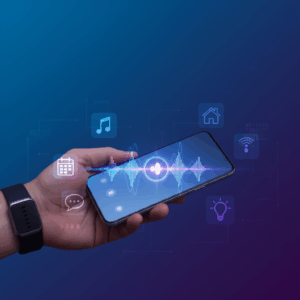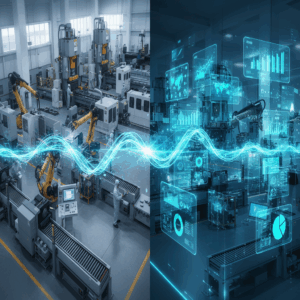Key Technologies Shaping the Future Work Environment
The future work environment is rapidly evolving due to innovative technologies focused on enhancing flexibility and boosting productivity. These tools redefine how teams collaborate across locations.
Central to this shift are technologies like hybrid work platforms and AI-powered automation, which enable seamless coordination and efficient workflows in both remote and physical workplaces.
By integrating these advancements, organizations can foster inclusion and adapt to dynamic work models, creating a more resilient and connected workforce.
Hybrid Work Platforms and Scheduling Tools
Hybrid work platforms support the blend of remote and office work by providing flexible scheduling and coordination capabilities. These tools ensure team visibility and help manage diverse work environments efficiently.
Specialized calendars and scheduling systems allow employees to tailor their work times while maintaining collaboration and inclusion, overcoming common hybrid work challenges like misalignment and communication gaps.
By streamlining meeting setups and resource allocation, these tools enhance productivity and promote a sense of unity among distributed teams.
AI and Automation in Workflow Optimization
AI and automation significantly improve work efficiency by handling repetitive tasks such as scheduling, reporting, and project management. This leaves employees free to focus on higher-value activities.
Intelligent assistants powered by AI provide predictive analytics and enhance decision-making, optimizing operational workflows and minimizing errors in complex processes.
Human-machine collaboration tools are evolving to complement human skills, creating natural and productive interactions that elevate workforce capabilities without replacing human input.
Immersive and Interactive Technologies
Immersive and interactive technologies are redefining the future work environment by enabling highly engaging collaboration and training experiences. These tools create virtual spaces where distance barriers vanish.
Augmented and virtual reality (AR/VR) offer realistic simulations, promoting effective learning and teamwork regardless of physical location. Their adoption bridges gaps in remote interactions.
Additionally, innovations like holographic communication and AI-powered smart buildings integrate spatial and intelligent elements, enhancing operational comfort and collaboration at work.
Augmented and Virtual Reality for Training and Collaboration
AR and VR technologies transform training by immersing employees in realistic scenarios that enhance skill acquisition and retention. This approach leads to more effective and engaging learning.
Remote teams benefit from VR-enabled collaboration, where shared virtual environments foster interaction beyond traditional video calls, improving communication and teamwork.
These tools break physical location constraints, enabling global workforces to connect meaningfully and accelerate knowledge transfer in diverse industries.
Holographic Communication and Spatial Collaboration
Holographic communication offers truly immersive ways to interact by projecting 3D images of participants, elevating virtual meetings to spatial, life-like experiences.
Spatial collaboration extends beyond flat interfaces, enabling teams to engage dynamically with digital content and each other in three dimensions for richer interaction.
These technologies are advancing rapidly, promising to revolutionize remote collaboration with natural, intuitive communication that simulates in-person presence effectively.
Emerging Potential of Holographic Tech
As holographic capabilities mature, they could redefine telepresence and brainstorming sessions, fostering innovation and creativity without geographic limitations.
AI-Powered Smart Buildings and IoT Networks
AI-driven smart buildings use sensors and IoT networks to optimize workplace comfort, safety, and energy efficiency dynamically based on occupant behavior.
IoT devices provide real-time data that supports operational decisions, enabling adaptive workspaces that respond to changing environmental and employee needs.
This connected infrastructure enhances employee wellbeing and productivity by creating intelligent environments tailored to workforce preferences and workflows.
Enhancement of Employee Experience
The future of work prioritizes employee experience through digital solutions that support engagement, autonomy, and satisfaction. These technologies address hybrid work complexities seamlessly.
By improving visibility, communication, and coordination across remote and in-office setups, digital tools foster a positive workplace culture that enhances overall productivity and wellbeing.
This focus empowers employees to manage their work effectively while staying connected, promoting cohesion regardless of physical location or work style.
Digital Employee Experience (DEX) Solutions
Digital Employee Experience (DEX) solutions centralize employee tools, support, and communication, creating a consistent and intuitive user environment. This reduces friction in daily workflows.
DEX platforms enable seamless access to resources and help track employee sentiment, boosting engagement and enabling timely support to address concerns before they escalate.
By personalizing digital interactions and streamlining processes, DEX enhances autonomy and satisfaction, critical in hybrid and flexible work models.
Workforce Visibility and Cohesion in Hybrid Models
Maintaining workforce visibility is essential in hybrid models to ensure teams feel connected and aligned. Technology enables real-time updates on presence and task progress.
These tools improve team cohesion by enabling leaders and peers to coordinate effectively, reducing isolation and enabling collaborative success despite physical separation.
Transparency gained through digital platforms supports trust and accountability, fostering a culture where hybrid employees thrive and collaboration flourishes.
Impact on Organizational Agility and Productivity
Advances in technology are directly boosting organizational agility and productivity by enabling smarter collaboration and faster decision-making processes.
Integrating AI-powered tools enhances workflow efficiency, allowing businesses to adapt swiftly to market changes and optimize resource use with precision.
These innovations foster a responsive work environment where human skills and machine capabilities unite, driving sustained competitive advantages.
Human-Machine Collaboration and Intelligent Assistants
Human-machine collaboration tools are designed to augment human capabilities rather than replace them, creating seamless interactions that enhance work output.
Intelligent assistants help manage tasks like scheduling, data analysis, and communication, reducing administrative burdens and allowing workers to focus on strategic activities.
This collaboration improves productivity by ensuring routine processes are automated while humans contribute creativity and critical thinking.
Such technology promotes agility, enabling teams to quickly adjust priorities and workflows in dynamic business environments.
Improved Decision-Making and Operational Efficiency
AI-driven analytics provide actionable insights that enable faster, more informed decision-making, critical for maintaining operational excellence.
By automating data collection and interpretation, organizations reduce errors and enhance their capacity to respond proactively to challenges.
Operational efficiency advances significantly as workflows are optimized, costs minimized, and resource allocation becomes more precise.
Ultimately, these improvements empower companies to innovate continually and sustain high performance in an evolving marketplace.

